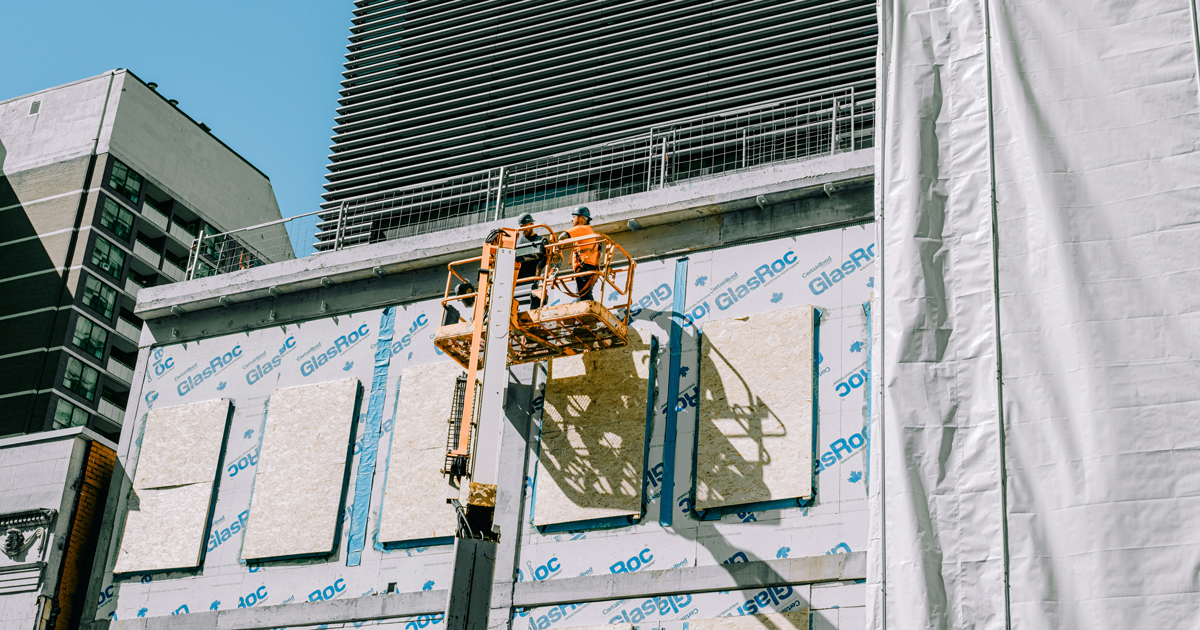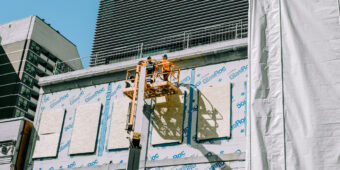Overseas building product scheme gets green light
08 Aug 2025, Building & Housing, Govt Announcements, Industry News

The Government has cleared the way for a major expansion in the use of overseas building products, promising builders more choice and lower prices
The first edition of the Building Product Specifications is effective from 28 July 2025.
The Building Product Specifications document contains specifications for building products in relation to their manufacture, fabrication, testing, quality control, physical properties, performance, installation and/or maintenance.
It must be used with an acceptable solution or verification method to show compliance with the Building Code – it cannot be used in isolation.
Acceptable solutions and verification methods outline how a product is used in building work. Products specified must be used within the scope and limitations of the relevant acceptable solution or verification method. If a product complies with a standard cited in the Building Product Specifications for its specific purpose and is used in building work which complies with an acceptable solution or verification method, the work must be accepted by Building Consent Authorities as complying with the Building Code.
Building and Construction Minister Chris Penk said the changes will significantly improve access to a wider range of building supplies, unlocking more than 250,000 overseas products for use in New Zealand. He described the reform as a key step toward addressing the high cost of building, which has surged 41% since 2019.
“The current system has made it too hard to use safe, high-quality overseas products,” Penk said. “We’re fixing that by removing unnecessary red tape, increasing competition and reducing costs for Kiwi homeowners.
“Later this year, additional pathways will go live, enabling more high-quality building products to be used, including over 200,000 plumbing products through the Australian Watermark scheme,” he added.
The Australian WaterMark Certification Scheme is a mandatory program for plumbing and drainage products, ensuring they meet specific standards for safety and performance. Administered by the Australian Building Codes Board (ABCB), the scheme aims to verify that certified products are fit for purpose and authorised for use in plumbing and drainage installations across Australia.
Industry cautiously optimistic
The Master Builders welcomed the reforms as a positive step toward improving affordability and supply chain resilience.
“By allowing overseas products that meet standards to be used more readily, we can improve supply chain resilience, reduce delays and ultimately deliver more homes, faster and more affordably,” said Chief Executive Ankit Sharma.
However, it warned that not all overseas products will be suitable for New Zealand’s unique environmental conditions, including its seismic activity and intense UV exposure.
“Overseas certification should not become a back door for lower-performing materials,” Master Builders said in a June submission. The organisation called on MBIE to prioritise schemes backed by robust technical evidence and local support infrastructure, including warranties and aftersales service.
Industry experts also emphasised the importance of appropriate safeguards. BRANZ noted that many international UV tests fall short of New Zealand’s 7,000-hour threshold, while overseas seismic standards may not align with local conditions.
Under Construction has previously reported that Katie Kelsall, National Marketing Manager for Landmark Homes NZ, said larger builders may find that cost savings are harder to come by due to existing supplier arrangements.
“While the wider industry may benefit from additional competition and increased product availability, for us, cost savings won’t necessarily come from using cheaper materials but rather from supply chain stability and increased product certainty. If this amendment helps ease bottlenecks and opens the door to more timely access to materials, even through our existing supply partners, that’s a win.”
Implementation in focus
To support the transition, the new legislation introduces a good-faith liability protection for Building Consent Authorities (BCAs), ensuring they will not be held liable when accepting MBIE-recognised overseas products, provided the products are used as intended. Responsibility for correct use remains with designers and builders.
The reform follows the passage of the Building (Overseas Building Products, Standards, and Certification Schemes) Amendment Bill on 7 April 2025, which introduced a new regulatory pathway to recognise international product certifications and construction standards.
According to MBIE, more than 120,000 essential products – including those commonly used in housing – will be made available through the new pathway by the end of July.
MBIE’s Building Product Specifications document is expected to play a central role in ensuring safety and compliance. Only those overseas standards deemed equivalent to, or exceeding, New Zealand’s Acceptable Solutions or Verification Methods will be listed.
Photo by Tianlei Wu on Unsplash
Register to earn LBP Points Sign in



